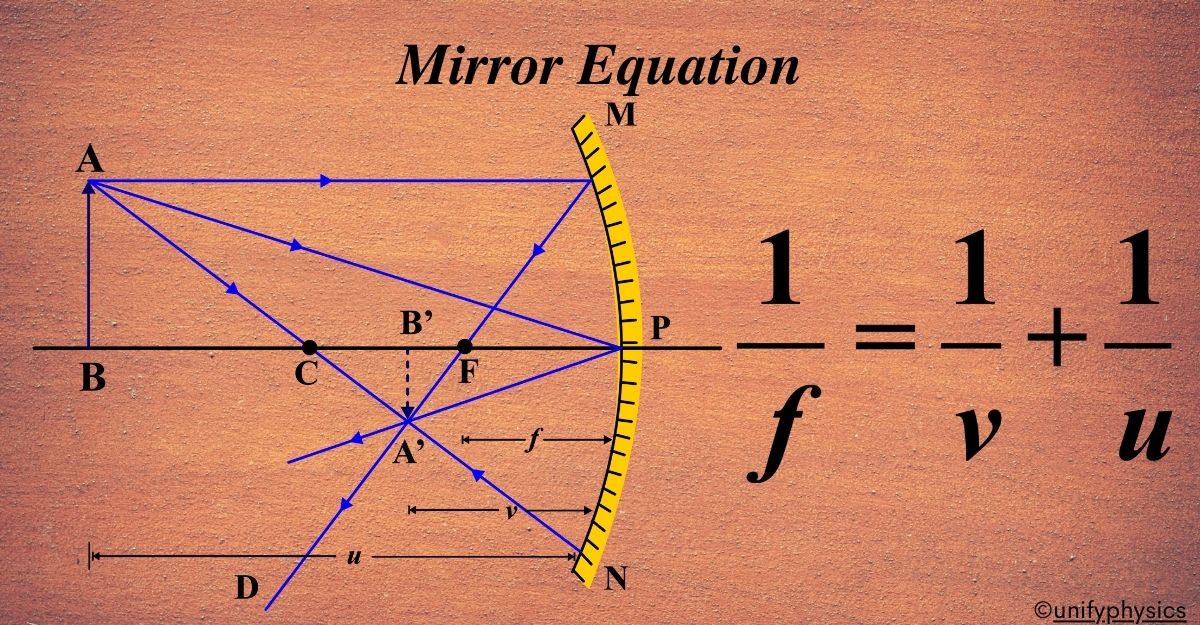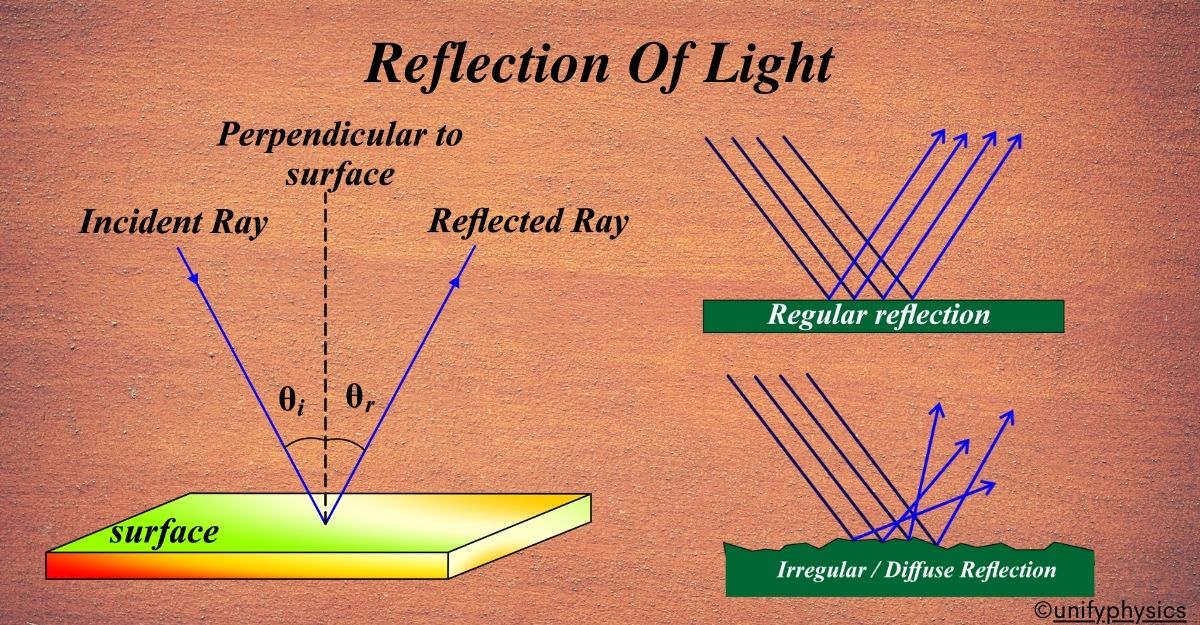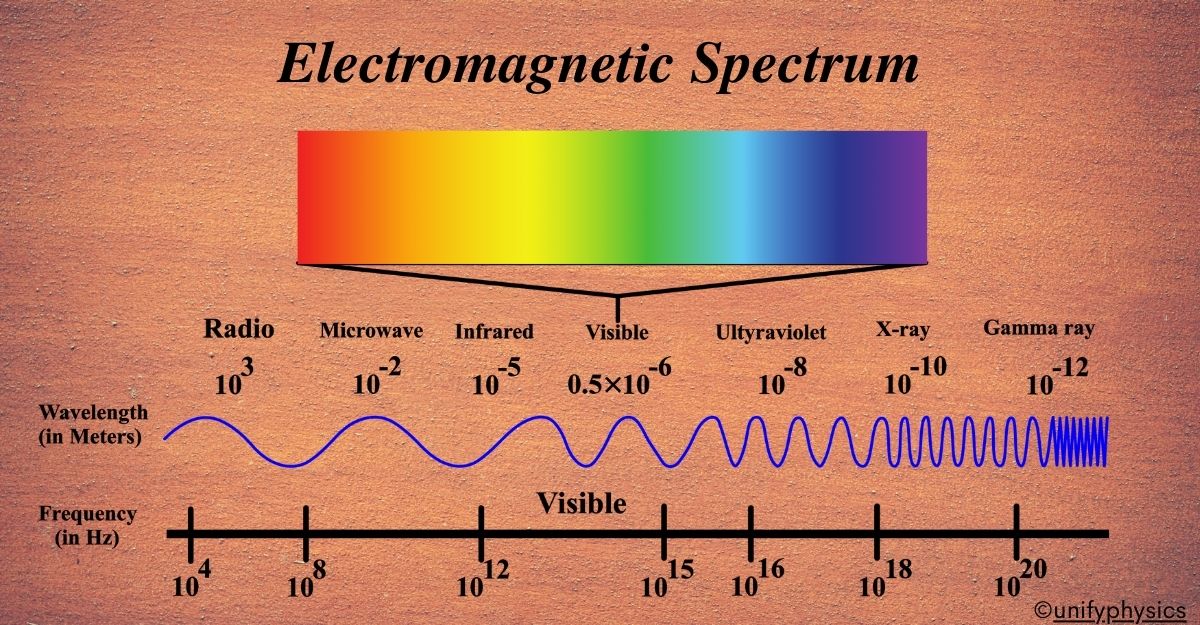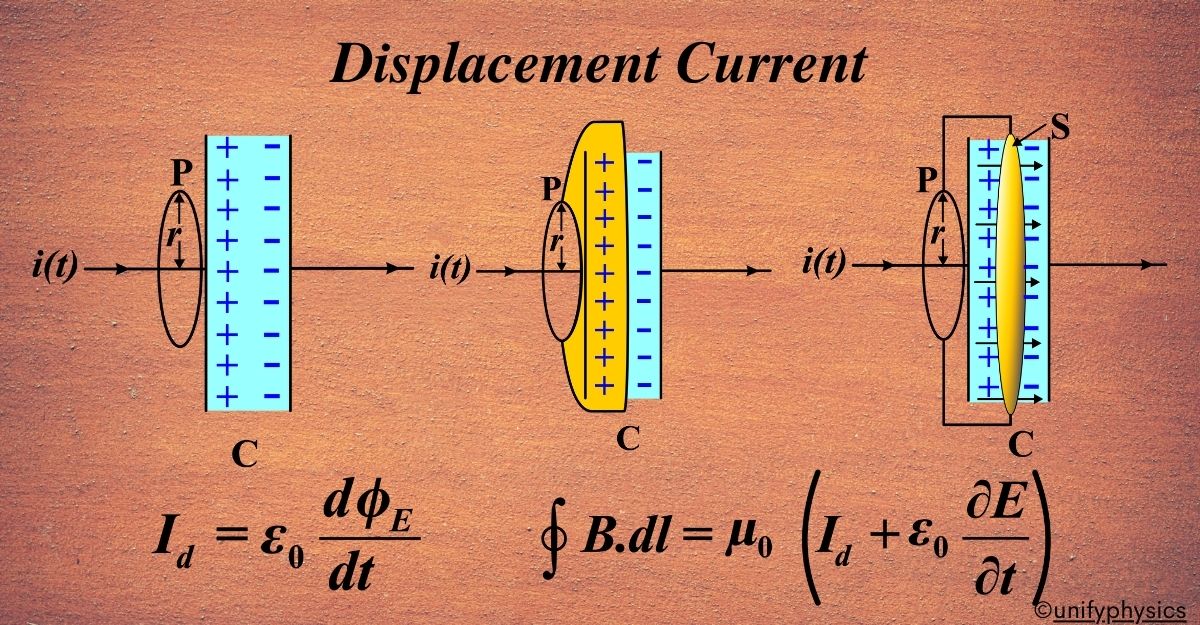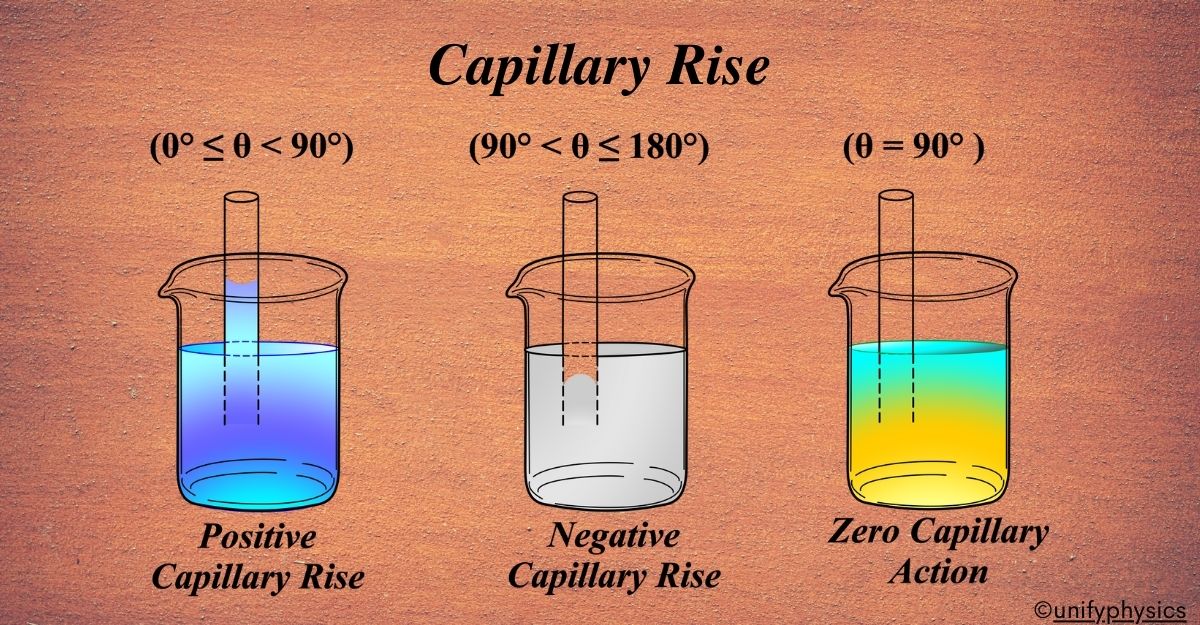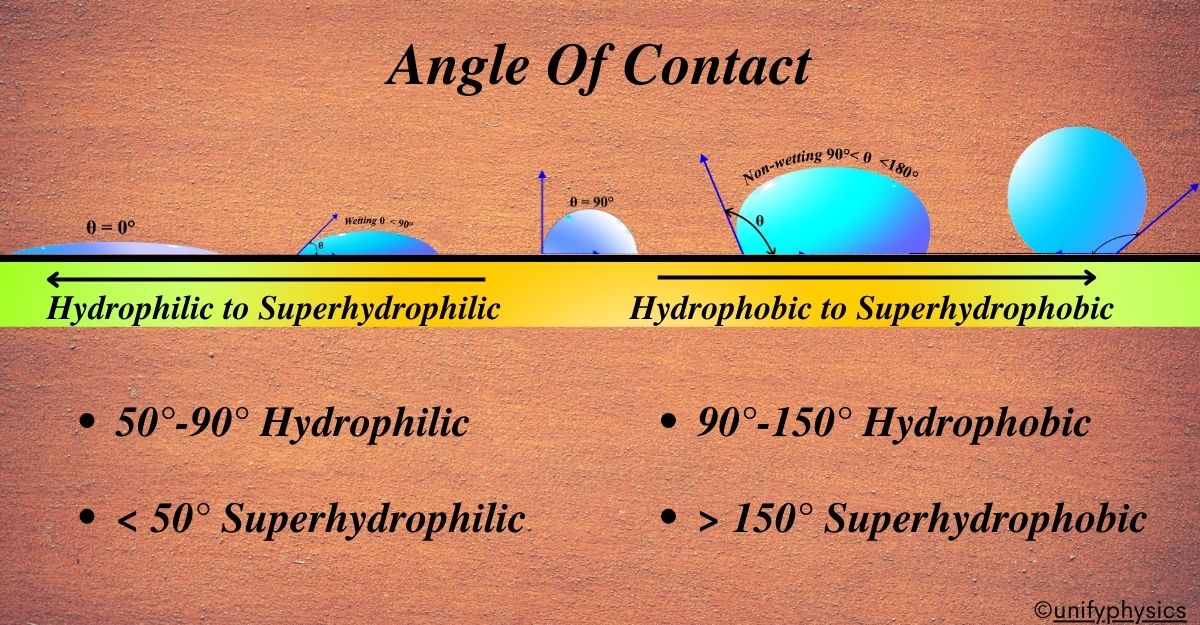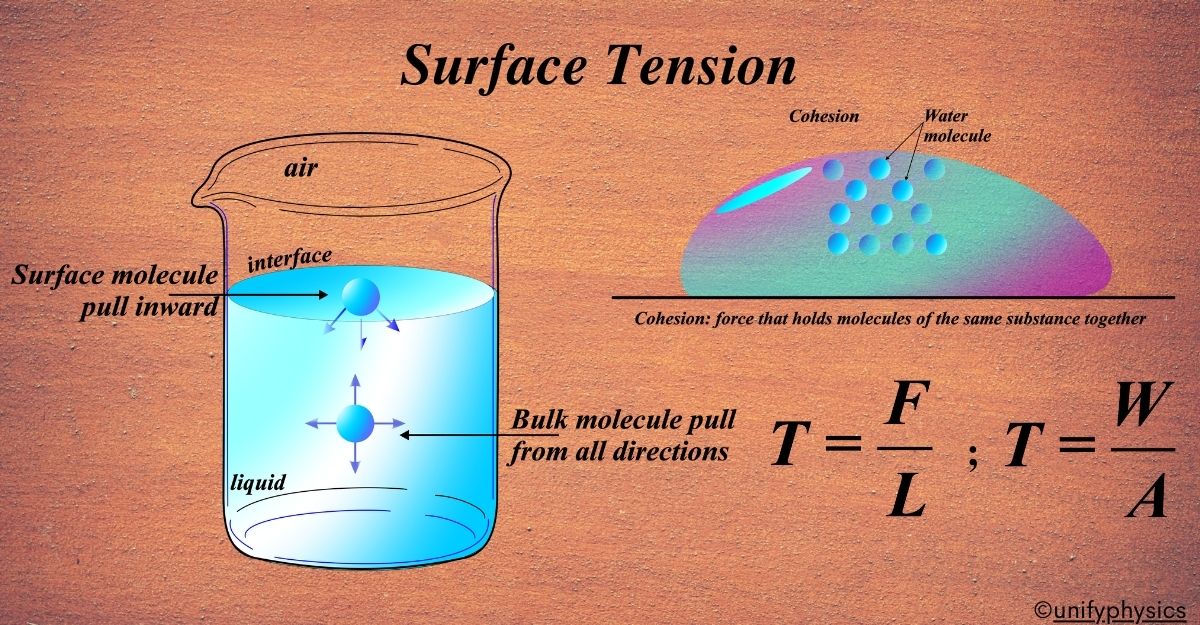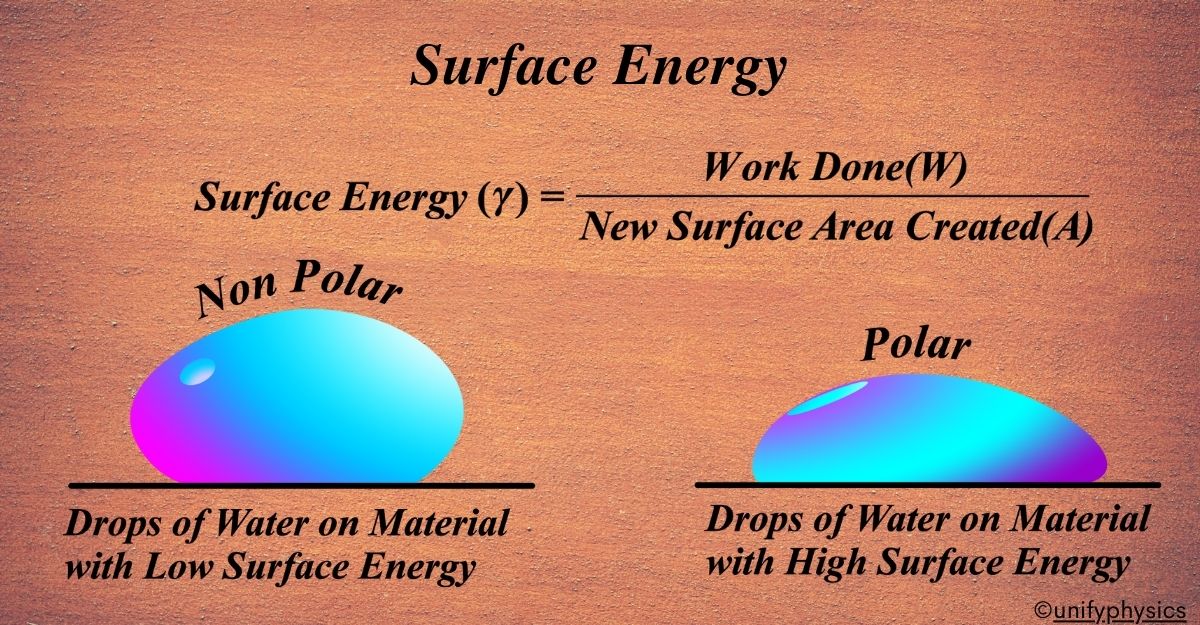Mirror Equation
The mirror equation is a fundamental concept in the field of optics, which is the branch of physics that deals with the behavior and properties of light. The origins of the mirror equation can be traced back to the works of ancient scholars who were fascinated by the properties of light and reflection. The earliest … Read more
